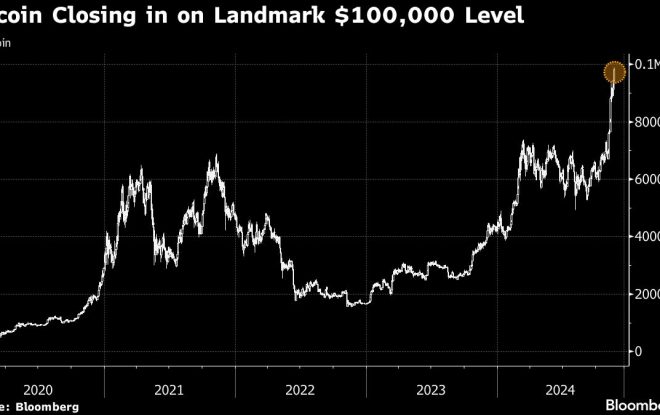Should You Buy Micron Stock After the Dip? Wall Street Has a Clear Answer for Investors.
Micron Technology (NASDAQ: MU) stock surged nearly 80% in early 2024 and reached an all-time high of $153.14 on solid adoption of its high-performance memory products in the data economy. Despite this success, the stock is currently down by almost 32% from those highs.
Investors were disappointed with the company’s fiscal 2024 third-quarter results (ended May 30), especially AI sales which fell short of lofty expectations. Furthermore, geopolitical and supply chain challenges plaguing the overall semiconductor industry also did not help overall investor sentiment for Micron.
Start Your Mornings Smarter! Wake up with Breakfast news in your inbox every market day. Sign Up For Free »
The difficult days, however, may now become a thing of the past. Micron came out with impressive results for its fiscal 2024’s fourth quarter (ended Aug. 29) in late September, with revenue and earnings beating analysts’ estimates. The company has been a major beneficiary of the explosive demand for memory and data storage products in various applications such as high-performance computing, autonomous driving, data analytics, and complex AI models.
This is evident considering that the company’s high-margin high-bandwidth memory (HBM) chip inventory (a type of dynamic random access memory or DRAM chip) is already sold out until 2025.
Wall Street is also optimistic about Micron. For the 44 analysts covering Micron stock, the median target price is $145.96, implying an upside of 40% from here. This seems to be a plausible target, considering the many strengths of Micron stock. Here’s why Micron is well poised to surge in the coming months.
Data center server unit shipments are expected to grow in 2024, driven by increasing demand for AI and traditional servers. Data centers are also expected to replace multiple older-generation servers with fewer latest-generation traditional servers for performance improvements, higher power efficiency, and better space management.
Plus, DRAM and NAND content in conventional and AI servers is rising to meet the memory demands of complex applications in areas such as cloud computing, artificial intelligence, and 5G connectivity. All these trends bode extremely well for Micron’s memory offerings.
Micron has been at the forefront of leveraging this growing opportunity. The company is investing capital in the advanced one-beta DRAM node technology as well as G8/G9 NAND process technology to increase the production capacity of its high-margin DRAM offerings, including Double Data Rate 5 (DDR5), Low Power Double Data Rate 5 (LPDDR5), and HBM chips, as well as advanced NAND chips.



Leave a Reply